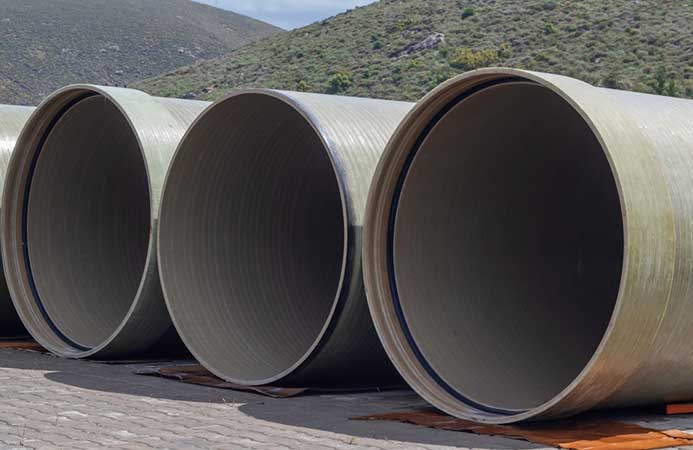
Every component in a system plays a part in maintaining consistent performance, including gaskets. These sealing elements are found in pipelines, machines, and pressure vessels. Gasket sourcing is part of procurement planning in industries such as oil, gas, power, and water. Working effectively with valves suppliers and gasket suppliers helps match specifications and delivery schedules.
Share detailed specifications early:
Providing exact requirements at the start avoids delays and errors in orders. This includes the type of gasket material, thickness, diameter, pressure rating, and temperature range. Gasket suppliers in UAE work faster when technical drawings or product codes are included in the enquiry. Early communication prevents incorrect items from being shipped or manufactured.
Confirm lead times and order volume:
Delivery time may vary depending on material availability, cutting process, and stock levels. It is useful to confirm lead times during enquiry. Some gasket suppliers work with minimum order quantities, especially for non-standard materials. Confirming order volume in advance avoids last-minute changes that may affect cost or schedule.
Request samples or small trial batches:
Before confirming large orders, some projects request samples or test pieces. This allows teams to confirm material behaviour under process conditions. Testing may show if the gasket seals properly or reacts to the fluid or temperature in the system. A trial batch also helps verify fit and function before full-scale use.
Clarify material origin and standards:
Gaskets may be manufactured using materials like rubber, PTFE, graphite, or fibre-based sheets. Clarifying the material origin and applicable standards (such as ASTM or EN) helps avoid mismatches. Some buyers also ask for data sheets or certificates from gasket suppliers to confirm compliance.
Discuss storage and shelf life:
Gasket materials have a shelf life depending on their composition. It is helpful to ask about the best way to store gaskets before use. This may include keeping them in sealed packaging, away from sunlight or moisture. Suppliers may mark the manufacturing or expiry date for easy tracking.
Check packaging for transport:
Gaskets must be packed carefully to avoid bending, damage, or contamination. Large-size gaskets should be laid flat, while smaller ones may be stacked in boxes or sealed bags. Discussing transport conditions during ordering helps prevent quality issues on arrival.